| Hiroshima by John Hersey (1946) Educator Guide |
|---|
| www.studenthandouts.com ↣ World History ↣ World War II ↣ World War II Books and Films |
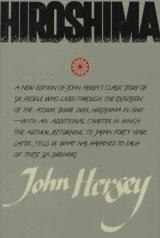 Length: 160 pages
Length: 160 pagesAge appropriateness: The content of John Hersey's Hiroshima is most appropriate for mature students in grades 7 through 12. The horrific devastation of nuclear war is described very vividly in a matter-of-fact way, and students should be forewarned. Publishing Information: Hersey, John. Hiroshima (USA: Vintage, 1989). Accuracy: John Hersey's acclaimed book, originally published in The New Yorker on August 31, 1946, contains the factual accounts of six individuals who survived the atomic bombs dropped on the Japanese cities of Hiroshima and Nagasaki. Modern versions of the book include a chapter on these survivors approximately 40 years after the blast. Review: John Hersey's acclaimed book on the devastation of Hiroshima and Nagasaki that ended World War II in the Pacific stands up after nearly 70 years. Hiroshima is best done following study of World War II and the Holocaust, as a segue into the Cold War. Click here to purchase the book. Review and discussion questions: (1) Take notes on each character as you read the book: Reverend Mr. Kiyoshi Tanimoto, Mrs. Hatsuyo Nakamura, Dr. Masakazu Fujii, Father Wilhelm Kleinsorge (Makoto Takakura), Dr. Terufumi Sasaki, Miss Toshiko Sasaki (Sister Dominique Sasaki). (2) Give three examples of John Hersey's use of detail to illustrate the story. (3) Take notes on each chapter as you read the book: "A Noiseless Flash," "The Fire," "Details Are Being Investigated," "Panic Grass and Feverfew," and "The Aftermath." (4) Before and after reading Hiroshima, answer the question: Do you believe that dropping atomic bombs on Japan was necessary in order to end World War II? Compare and contrast these answers, discussing if and why students' opinions have changed as a consequence of reading this book. |
 | 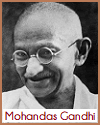 | 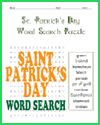 |  | 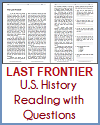 | 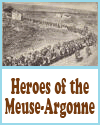 |
| World War II Books and Films | World War II Outlines and PowerPoints |
| World War II Study Games | World War II Maps and Pictures |
| World War II Miscellany | World War II Worksheets |
| www.studenthandouts.com ↣ World History ↣ World War II ↣ World War II Books and Films |








